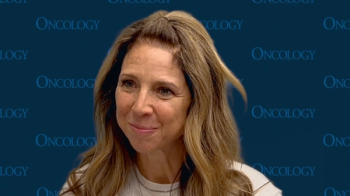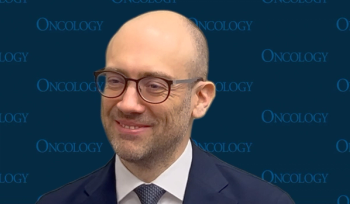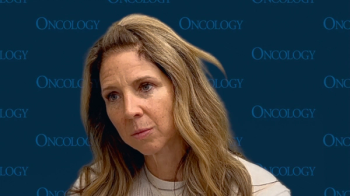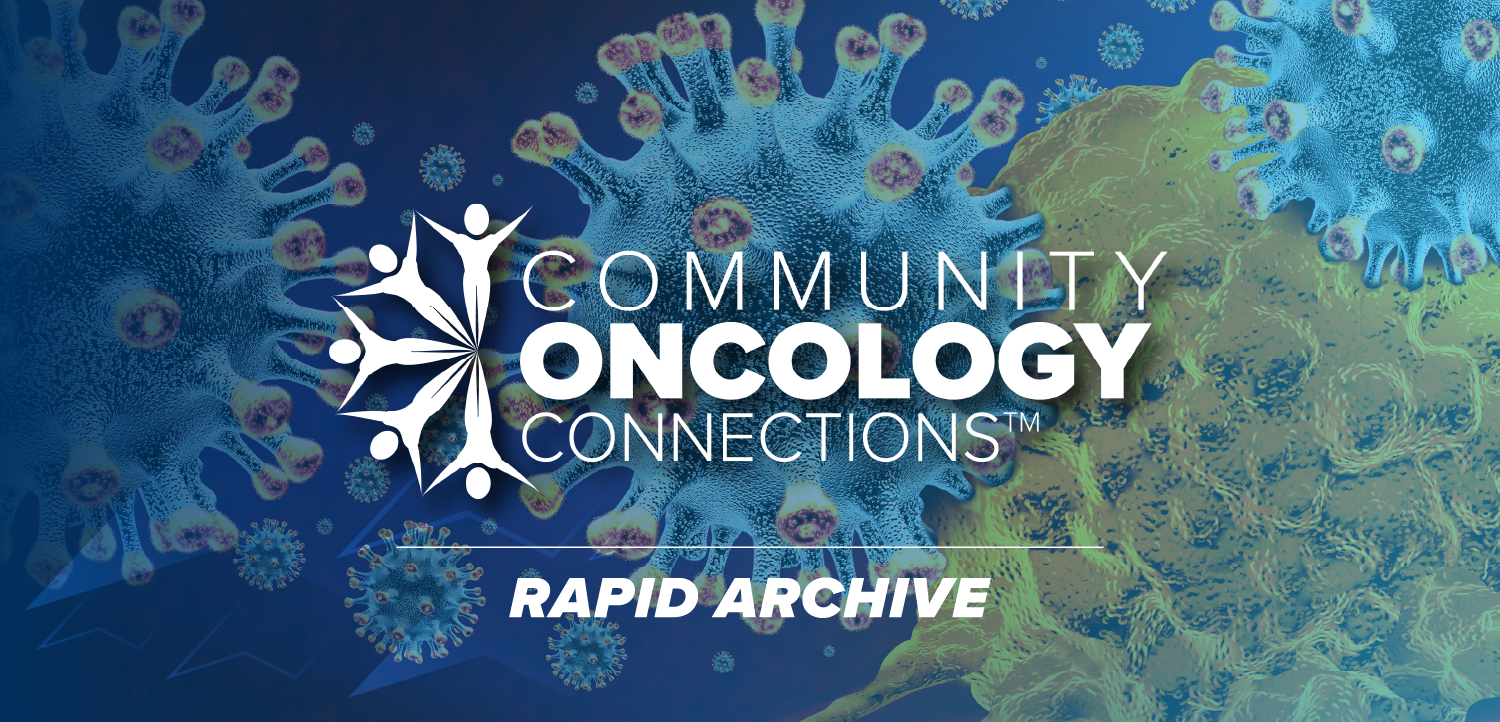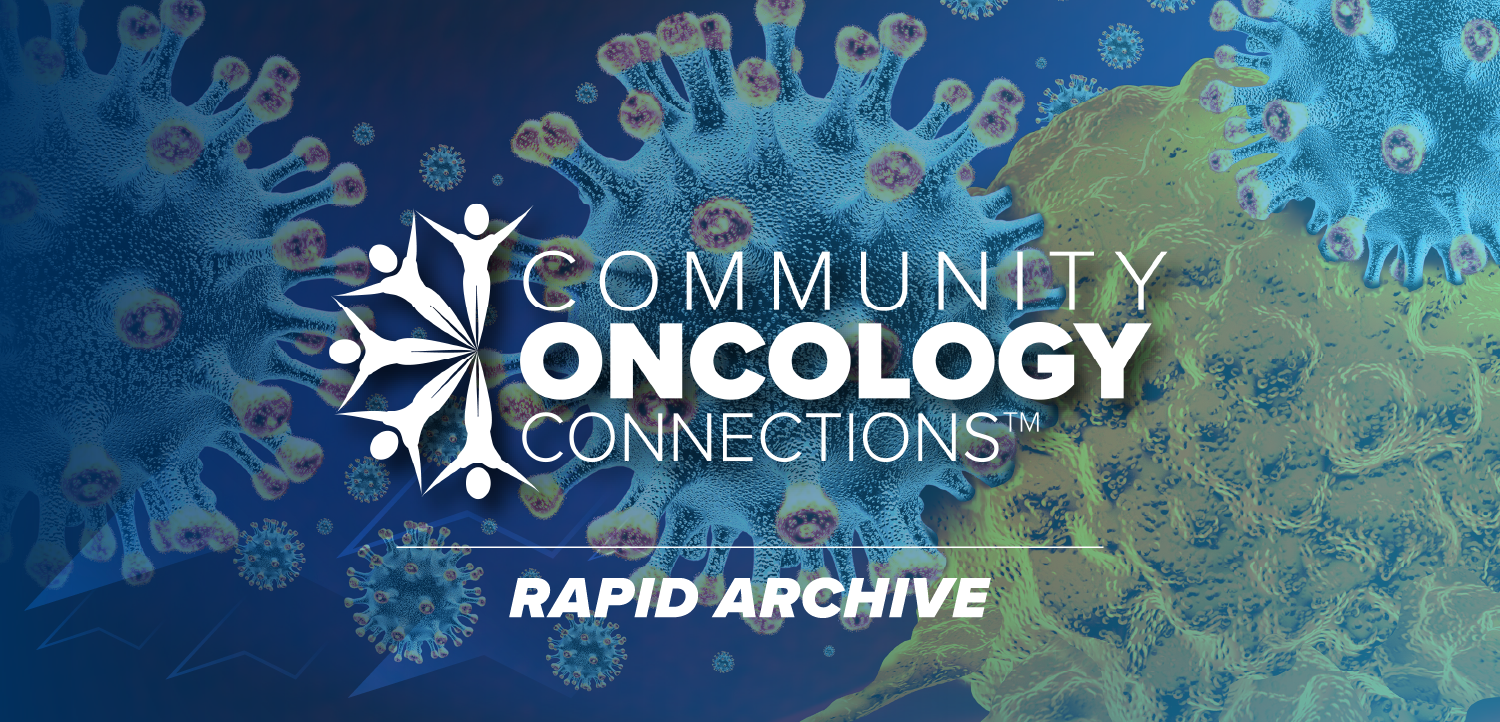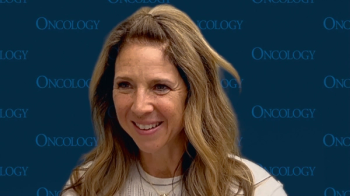
Risk of Future Cancers in Survivors of Childhood Hodgkin Lymphoma
Guidelines for cancer screening in survivors of childhood HL may be refined based on the results of this extended follow-up study, say the researchers.
Survivors of childhood Hodgkin lymphoma (HL), especially those with certain risk factors, are at increased risk for developing various types of solid tumors many years later. The authors report that the findings,
Compared with the general population, survivors of childhood HL had a 14-fold increased risk of developing cancer. In addition, the cumulative incidence of any solid cancer was 26.4% at 40 years after an HL diagnosis.
“We extend the follow-up of a previously reported Late Effects Study Group cohort, and identify patients at highest risk for subsequent malignant neoplasms, creating evidence for screening recommendations,” said Bhatia.
Risk factors for breast cancer among females included an HL diagnosis between 10 and 16 years of age and chest radiation. Males treated with chest radiation before 10 years of age were at highest risk for lung cancer.
The study also showed that HL survivors treated with abdominal/pelvic radiation and high-dose alkylating agents were at highest risk for colorectal cancer, and females exposed to neck radiation before 10 years of age were at highest risk for thyroid cancer. By age 50 years, the cumulative incidence of breast cancer, lung cancer, colorectal cancer, and thyroid cancer was 45.3%, 4.2%, 9.5%, and 17.3%, respectively, among those at highest risk.
“In this update, we find that Hodgkin lymphoma survivors continue to demonstrate increased risk for developing radiation-related breast cancer, lung cancer and colorectal cancer,” Bhatia told Cancer Network. “We have identified subgroups of patients at highest risk that would benefit from long-term follow-up and screening for early detection of these subsequent malignant neoplasms.”
“Hodgins disease was one of the first groups to achieve high cure rates in the history of pediatric cancer treatment, so we have more information about this group compared to others. As other cancer populations live longer with improvements in treatment, we will see comparable reports in other conditions,” Hayashi told Cancer Network.
He said that primary care providers, including adult providers, need to ensure cancer survivors are followed in late effects clinics where there are experienced clinicians who are sensitive to this issue. In addition, he said, patients need to be educated so they can advocate for their own health.
Newsletter
Stay up to date on recent advances in the multidisciplinary approach to cancer.


